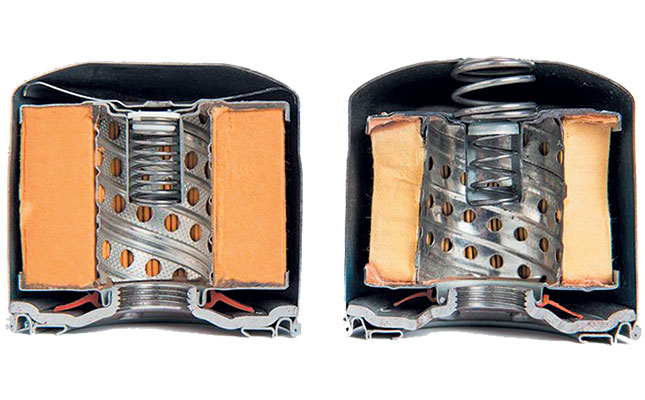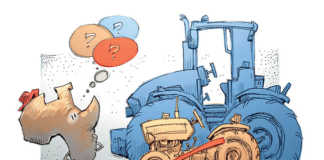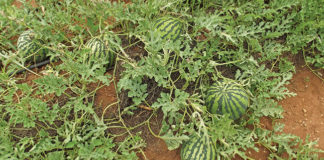
Photo: drive.com.au
We live in a world where just about every genuine human endeavour gives rise to fake counterparts. There are fake colleges, fake medicines, fake software programs, fake fashion labels… the list goes on and on.
The transport industry is no exception. Fake mechanical parts have become a worldwide problem, leading to millions of rand in damage annually to vehicles and even aircraft.
Despite strict import controls, major industrial countries such as the US have been unable to curb the importation and sale of these parts.
In the past, most of these parts were packaged to look similar to the original but the difference was clear. The latest crop of counterfeit parts often come in boxes that are almost exact copies of the original. Advances in computers and printers have made it easy to duplicate labels, logos and packaging with speed and accuracy.
Automotive parts that are replaced often, such as brake pads, oil filters, fan belts and spark plugs, are more likely to attract counterfeit manufacturers than slow-selling parts.
The low prices that attracted unsophisticated buyers but scared off more savvy customers are no longer much of a criterion. Some of the latest bogus parts are priced just below the OE (original equipment) price to allay suspicion.
These parts are nearly always inferior, and this poses a safety risk, especially in the case of safety-critical items such as brake or steering parts.
What to watch out for:
- A very low price is usually (not always) an indication of inferior quality. Be suspicious of special deals, such as two for the price of one.
- Buy from a trusted parts supplier, such as a shop linked to the brand of your car, or a well-known chain of spares shops. In some countries, such as Australia, shops can be prosecuted for supplying bogus parts.
- Don’t buy parts at the roadside, or from an unknown supplier.
- Inferior packaging usually means inferior quality. Sometimes the logo looks genuine but the colour is not quite the same as the logo on the genuine part.
- Inferior mechanical parts often have a rough finish or even signs of rust that you would never find on the genuine part.
- Be suspicious of parts made in countries with a poor industrial reputation.
A genuine part is designed for a specific application, and endurance-tested for fitness of purpose and to ensure a long life. It is also built to exacting quality standards. A bogus part cannot be produced for a low price unless these criteria are relaxed.
Such a part starts off as a copy, often using inferior materials, and is manufactured at lower levels of quality inspection to save money. Testing is done haphazardly or not at all.
Oil filters and brake pads
Fake oil filters and brake pads deserve special mention. Both components attract bogus manufacturers as they seem easy to mass produce and are service items that sell in huge quantities.
A quality oil filter uses special filter material; a fake filter is often fitted with paper that clogs up rapidly and restricts the oil flow to such an extent that the engine could seize up.
All brake pads were once made with an asbestos lining, which is almost ideal for the application, but asbestos is now banned in most countries as it’s carcinogenic.
The search is still on for a good substitute. Reputable manufacturers use material that works well enough but tends to have a short life, creates dust and is expensive to produce. Bogus manufacturers use any material that looks good, but often causes brake noise or even complete brake failure.
Jake Venter is a journalist and a retired engineer and mathematician. Email him at [email protected].










